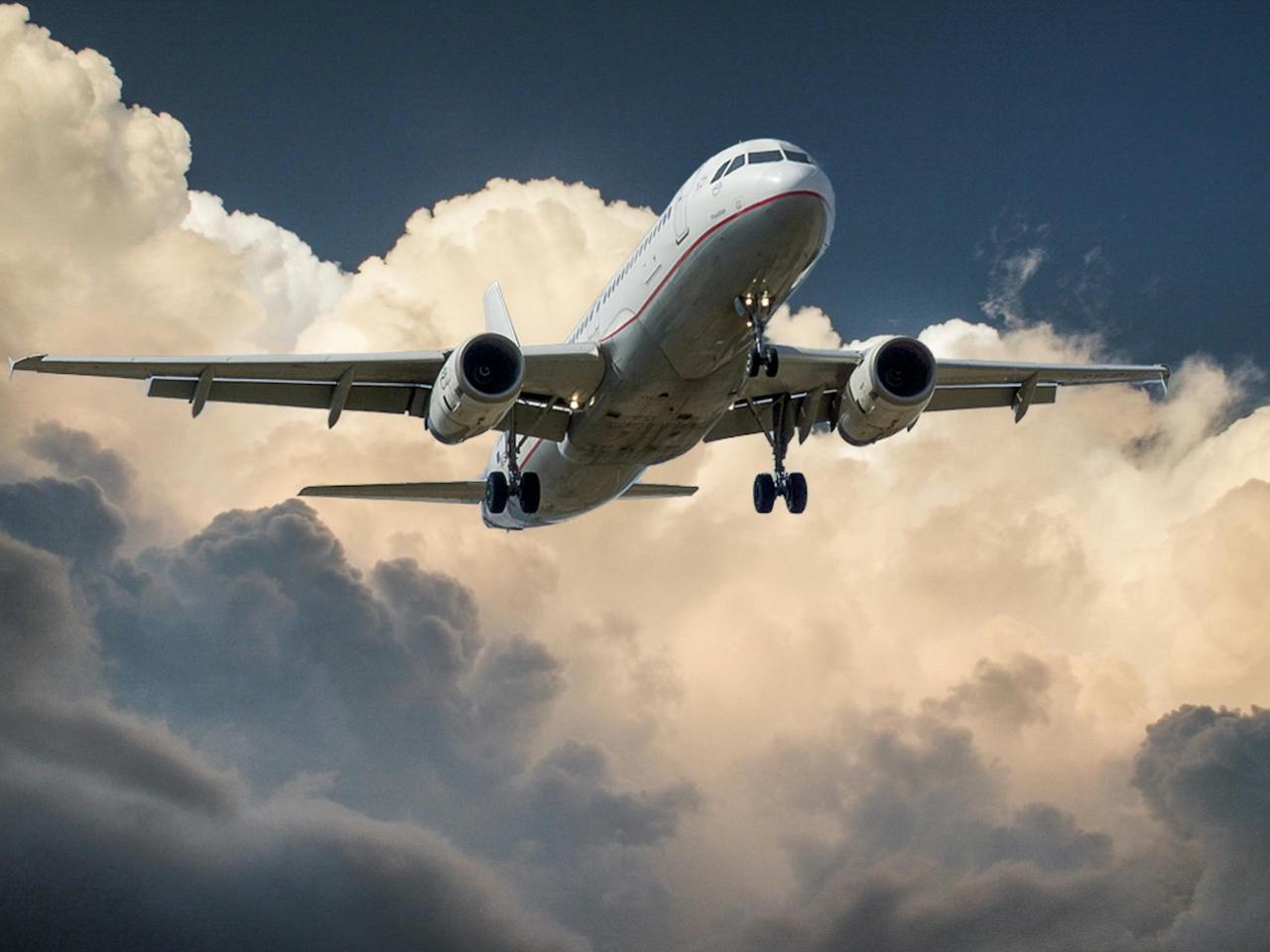If you want to travel with your bike – such as to attend an overseas bicycle event – then you may need to take your bike on a plane.
This post is an essential guide to flying with your bike, with some hints and tips for protecting your bike on a plane.
It’s a good idea to get specialist insurance coverage when travelling with valuable items such as a bike. As well as dedicated bicycle insurance, you could also get a high net worth policy that can cover you every time you take your bike abroad. For more information, call us on 0208 290 9086, or email personal@anthonyjones.com.
How To Fly With Your Bike – The Basics
- You will probably need to disassemble your bike a little before you pack it for air travel. To fit it into a packing case, you may need to remove the bike’s pedals, wheels, handlebars, and more. Make sure you know what you’re doing when it comes to both taking your bike apart and putting it back together again.
- Pack your bike as soon as possible so that you don’t have to rush. That way, you can take your time in ensuring that everything’s packed as safely and securely as possible.
- Remember that you’ll have to disassemble and pack your bike for the return trip too. Be sure to account for this in your travel itinerary.
- Different airlines charge different amounts for transporting bikes, so do shop around. Also be sure to check the airline’s policies and procedures so you know what’s allowed when it comes to size, weight, and other practicalities. Take a look at British Airways’ policy, for example.
- You could also get a price for shipping your bike in advance, which may prove cheaper than taking it on a plane yourself.
- If you’re particularly worried about taking a bike on a plane, consider hiring a bike upon arrival instead.
Bike Boxes, Bags and Cases: Packing Options
First, you’ll need to choose a box or a case for your bike. You have a few options here:
- Cardboard – This is by far the cheapest option. But it’s also the least secure. Cardboard breaks easily, and it offers nothing in the way of waterproofing. You’ll also have to add lots of packing material to give your bike any chance of arriving safely. The end result will be a large, bulky, and heavy cardboard box. It will be difficult to carry, and it will almost certainly incur some additional airline charges.
- Bike Bags – These are a lot more compact than cardboard boxes, meaning they’re much easier to carry, and you can likely avoid any additional airline charges. But bike bags can be expensive. And because they’re soft, you’ll have to add a lot of extra packing to keep your bike safe in transit.
- Bike Cases – With their hard sides and their in-built packing, these offer the most protection for your bike, and they’re relatively easy to pack too. But they’re very expensive, very heavy, and very bulky. You might struggle to transport it to and from the airport, and you’ll most likely incur some extra charges too.
How to Pack a Bike For a Flight
- Photos: Take a picture of everything you’re packing before you begin – your bike, and any additional kit or equipment you want to take. This will come in handy if you want to make a claim on your insurance policy for loss or damage.
- Airline Requirements: Also be sure to check your airline’s requirements before you begin packing. For example, some airlines won’t allow you to pack any clothing or other personal items along with your bike, as this can cause delays during the security screening process.
- Dismantling: Take your bike apart so that it will fit in the container. Practice doing this in advance, so that you can be sure you’ll be able to reassemble your bike upon landing.
- Padding: Wrap everything in padding. Bubble wrap secured with tape will do nicely.
- Keep Parts Apart: Make sure no bike parts are touching in the case, and don’t let any bike parts come into contact with any gear you pack either. This will prevent objects from damaging each other while in transit.
- Avoid Movement: Fill up any empty spaces in your case with extra packing material.
- Remove CO2 cannisters: When packing your equipment and your repair kit, leave out any CO2 cannisters. Airlines won’t allow these onboard, and you can always get a new one when you land.
- Contact Info: Write your name and contact details clearly on both the outside of your case, and on a piece of paper attached to the bike frame too.
Ready To Travel With Your Bike?
We can help you get specialist insurance to cover your bike for an overseas trip. As well as dedicated bicycle insurance, you could also get a high net worth policy that can cover you every time you take your bike abroad. For more information, call us on 0208 290 9086, or email personal@anthonyjones.com.


